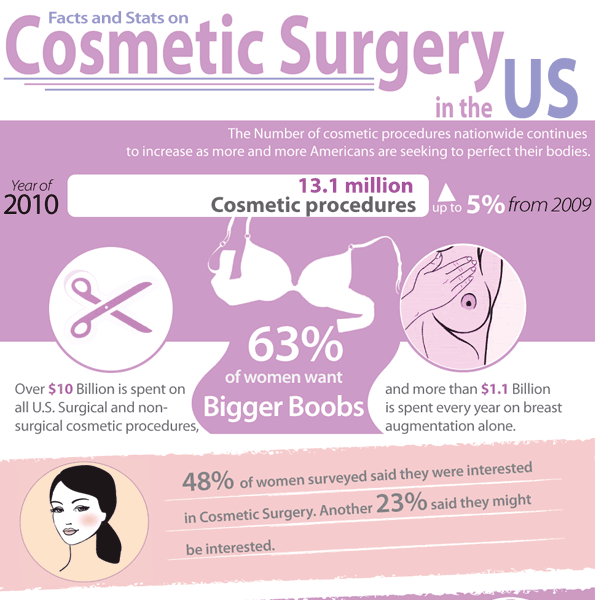Acne breakouts in the cheek area are caused by lots of things, from touching your face frequently to not transforming your pillowcase frequently sufficient. Picking at acnes enhances your threat of infection and scarring, and specific drugs can get worse dark areas (postinflammatory hyperpigmentation).
The good news is, there are many ways to prevent and deal with cheek acne. These consist of:
1. Hormone Adjustments
Acne is greatly brought on by hormonal agents, specifically those created throughout adolescence and pregnancy. For some, a family history of acne may also contribute to their condition. Anything that obstructs pores, such as oil-based skin treatment items or ceraceous hair items, can activate acne. Different topical treatments, like benzoyl peroxide and salicylic acid, can combat bacteria and unblock pores. Those with severe or persistent acne needs to look for therapy from their physician.
Avoid touching or squeezing your acne, as this can push several of the microorganisms deeper right into the skin, causing a much more severe breakout. It is also vital to transform pillow cases consistently and make use of tidy makeup brushes. You ought to also attempt to prevent irritants such as friction from putting on a headgear or limited collar.
2. Diet plan
The greasy, sweet foods that many individuals believe trigger acne may actually refrain so. Actually, research studies have shown that consuming a diet plan rich in whole, nutrient-dense foods helps to stop outbreaks.
Foods high in the glycemic index (such as white bread, corn flakes, puffed rice and potatoes, doughnuts and other breads) elevate blood glucose levels promptly, and this can raise hormones that increase oil manufacturing and bring about acne.
Consuming cow's milk has also been connected to enhanced acne breakouts. If you are a normal cow's milk enthusiast, you may want to attempt switching to low-fat or nondairy alternatives that are strengthened with calcium. Furthermore, consuming more water can aid to minimize acne because it aids to maintain the skin hydrated.
3. Excess Oil
While oil is important for healthy skin, it can come to be an issue when too much sebum blends with dead skin cells and blocks pores. This mix can produce blackheads, whiteheads and pimples. The clogged pore wall surface can break down and spill germs, dead skin cells and sebum right into bordering skin. This results in a red bump called a pimple. In some cases these red bumps have pus in the facility from a bacterial infection. Larger contaminated bumps that look like acne are called cysts.
There are several things that can create excess sebum and stopped up pores, including hormonal agent changes, diet and day-to-day routines. Some examples consist of touching the face frequently, relaxing your hand on your cheek, using unclean makeup brushes and not changing pillow cases routinely.
4. Stress and anxiety
If you're taking care of throbbing acnes or a slew of blackheads and whiteheads, it might be time to speak with a skin doctor. They can suggest a reliable treatment that suits your skin kind. Practicing leisure and stress-reduction techniques likewise helps.
Acne can happen in the cheeks due to rubbing and pressure, such as when a person touches their face regularly or puts on a hat or sports helmet that massages against the skin. It can likewise appear where oily cosmetics and lotions scrub against the skin.
Prevent squeezing acne, as this can push contaminated material deeper right into the skin and result in scarring. Rather, see a physician to learn about preventative therapies like medication, skin treatment items and way of life modifications. Consuming a healthy diet plan of whole foods, getting 7 to nine hours of rest fake botox and using noncomedogenic make-up and skincare products can all help in reducing acne breakouts.
5. Hair Products
Hair items are not typically considered a cause of breakouts, yet they can contribute to acne on the cheeks in some individuals. Pomade acne, which is identified by small shut comedones and papulopustules, is commonly triggered by making use of oily hair products which contain comedogenic active ingredients such as certain oils and acetylated lanolin.
Selecting hair items that don't consist of these possibly comedogenic ingredients is a crucial action toward reducing outbreaks. Also, guaranteeing that hair items aren't can be found in contact with the skin can help stop outbreaks. For example, using a headscarf or bonnet at night can restrict hair-to-face call and reduce the possibility that leave-in hair items will certainly rub off onto the face.
In addition to utilizing a non-comedogenic cream and washing with an acne face wash, various other handy strategies include:
